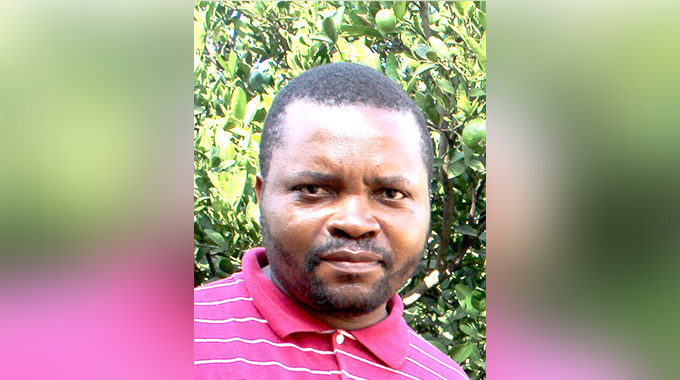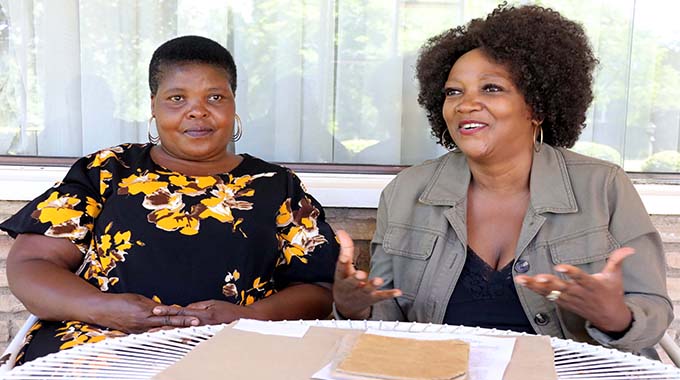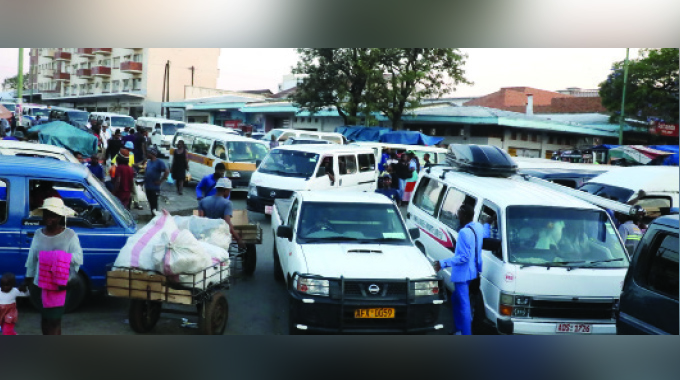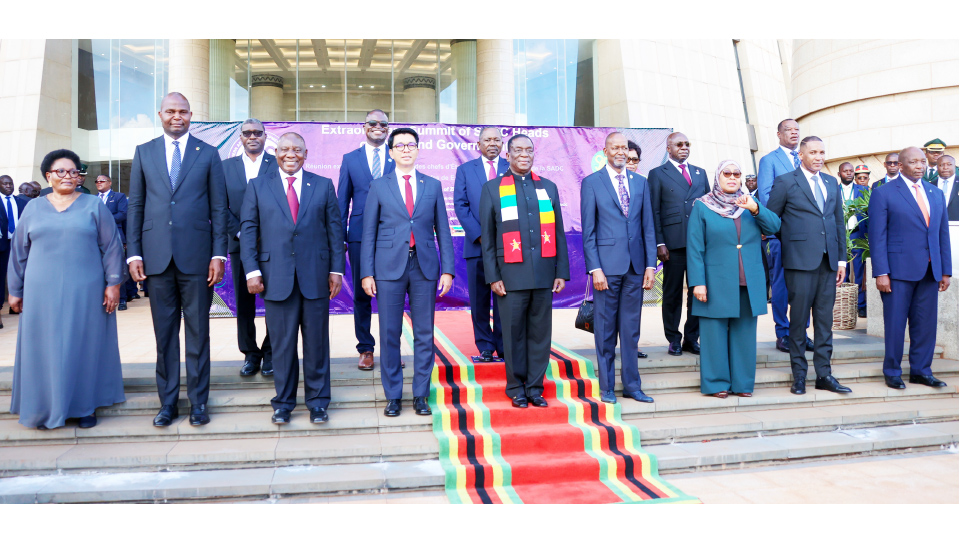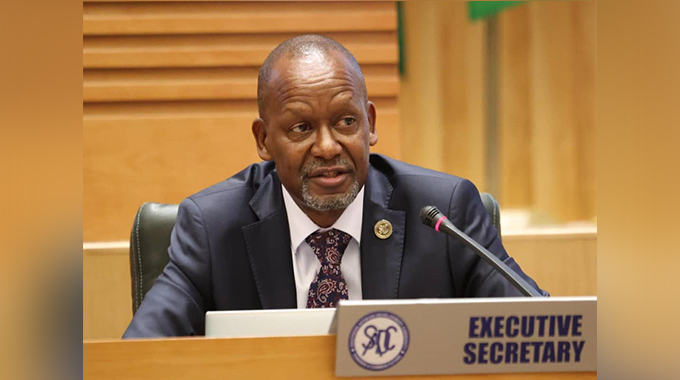
Raymond Jaravaza and Sikhulekelani Moyo
THE recent improvement in power supplies follows the successful completion of maintenance works at the giant Hwange Power Station, which is now generating more than 1 000MW.
While load shedding remains amid growing demand and the exceptionally low output at Kariba South after two years of low Zambezi flows, increased domestic output has brought relief to businesses, industry and households across the country.
Daily updates from the Zimbabwe Power Company indicate that Hwange Power Stations dominates supplies, hovering around 1 000MW, with Kariba South averaging just 185MW, better than the 124,5MW before Zambezi flows picked up as rains fell, while independent power producers pump an average of between 53MW and 66MW daily to the grid.
This week has seen the higher levels. Yesterday Zesa’s generating subsidiary noted that yesterday generation stood at a combined 1 175MW compared to 1 267MW on Tuesday and 1 165 on Monday with Hwange producing the bulk of the output.
This, however, falls short of the daily maximum demand of up to 1 825MW at the extreme peaks. In November last year electricity generation was at its lowest with a daily average of 850MW combined, which dropped further to 866MW, causing severe load shedding as consumers experienced prolonged power cuts after a technical fault was reported at Hwange.
The El Nino induced drought significantly dwindled water levels at Lake Kariba forcing the Zambezi River Authority, which jointly owns Kariba Dam between Zimbabwe and Zambia, to curtain power generation for both countries. This was the second year of drought in southwest Angola where most of the Kariba water comes from.
In an interview, Permanent Secretary for Energy and Power Development Engineer Gloria Magombo said normal electricity generation has been restored and Hwange was now back at full throttle hence the improved output.
“As a ministry we deal with policy issues but at the same time we appreciate the improved power supply situation that the country is currently experiencing,” she said.
“The ministry is aware that the Class C maintenance work on Unit 7 and 8 in Hwange was successfully completed and the units are now back in service.”
Eng Magombo said the Government will continue working around the clock to make sure that electricity generation in the country stays on an upward trajectory as evidenced by its commitment to sign contracts for consultancy work to support IPPs in the country.
The move is aimed at addressing the crippling power outages and supporting economic growth.
Hopes are high that given the positive summer season projections in the region, prospects for enhanced power generation are high as inflows to Lake Kariba are expected to rise, thereby boosting hydro-electricity generation in the course of the year.
In separate interviews, analysts said the improved power situation was commendable. Economist and National University of Science and Technology (NUST) lecturer Mr Stevenson Dlamini increasing domestic supplies was significant for the business community, particularly the manufacturing sector, as it ensures uninterrupted production.
“This leads to higher output, increased sales, and greater customer satisfaction. Ultimately, these advancements enhance business viability, competitiveness, and resilience,” he said.
Ms Juliana Mujuru, who leads small businesses operating at the SMEs Centre in Bulawayo said improved power supply would assist them to increase operating capacity. “This also gives us time to rest since we used to work at night trying to finish orders,” she said.





